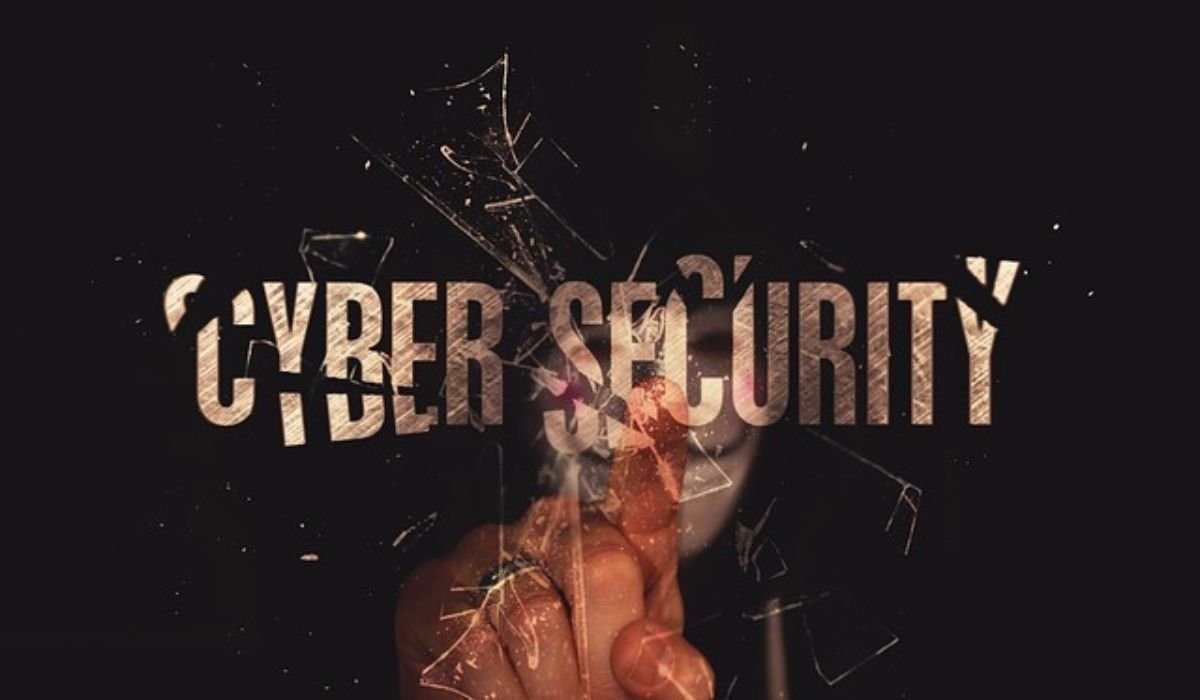Legacy systems are ticking time bombs in your organization’s systems. They create security problems that get worse each day. These old software and hardware parts can’t get new security updates. This leaves them open to threats. The question isn’t whether your legacy systems will be hacked. It’s when. Smart organizations modernize before they become the next breach headline.
What Are Legacy Systems and Why They Are Your Biggest Security Risk
Legacy systems are any software or hardware that’s no longer supported by its vendor. They can’t get security patches. Think Windows XP systems still running important business apps. Or database servers running on operating systems that reached end-of-life years ago.
Legacy systems create security problems. These problems get worse each day. This makes them your organization’s biggest security risk. These old software and hardware parts can’t get new security updates. This leaves them open to threats.
The dangerous myth that “if it works, don’t fix it” creates security gaps. Organizations hold onto legacy systems despite the risks. They do this because of cost fears. They worry about business continuity. They fear integration problems. But this mindset ignores the risk curve. Every day without updates increases risk.
These outdated systems remain common across industries. Legacy system statistics show the shocking scale of this problem. Many organizations run important business functions on outdated infrastructure that hasn’t gotten security updates in years. The ticking time bomb reality is clear. These systems will eventually be hacked. They can’t defend against new attack methods.
Legacy Systems Security: Why These Vulnerabilities Are So Dangerous
Legacy systems contain security flaws. These flaws cannot be patched with simple updates. They require fundamental changes. These aren’t simple bugs that can be fixed with patches. They’re architectural weaknesses. They need complete system modernization.
Authentication and Encryption Weaknesses
Authentication problems plague legacy systems. They have old password policies. They have weak encryption. They have no multi-factor authentication features. New attackers can easily break old encryption standards. These standards were considered safe decades ago.
Monitoring and Detection Blind Spots
Security tool problems mean legacy systems can’t work with new monitoring tools. They can’t work with detection tools. They can’t work with response tools. This creates blind spots where attacks can happen unseen. Logging problems make breaches invisible. Missing security event logging means you won’t know you’ve been hacked until it’s too late.
Legacy systems operate outside new security frameworks. They operate outside best practices. They can’t use current authentication standards. They can’t use encryption protocols. They can’t use compliance requirements. This isolation makes them targets for attackers. Attackers know these systems lack new defenses.
How Much Legacy System Breaches Actually Cost Your Organization
Legacy system breaches cost organizations millions more than modernization would have. This makes continued use of old systems irresponsible. The shocking reality is that the average breach costs $4.45 million in 2023. This data comes from IBM’s Data Breach Report.
Direct and Hidden Costs
Immediate financial impact includes incident response team costs, forensic investigation expenses, legal fees, and regulatory fines. But the hidden costs that destroy value are often worse. These include reputation damage, customer loss, operational problems, and stock price drops. Industry-specific multipliers mean healthcare, finance, and government sectors face significantly higher breach costs than other industries.
The Compound Effect of Delayed Modernization
The compound effect is bad. Each year of delayed modernization increases potential breach costs. Simple math shows why the numbers always favor modernization. A modernization investment prevents much higher breach costs. Plus all the hidden costs that can multiply that figure.
Organizations that continue using legacy systems are essentially gambling with millions of dollars. The financial risk far exceeds any savings from avoiding modernization. Smart leaders know that modernization isn’t an expense. It’s an investment in breach prevention.
Real-World Breaches: When Legacy Systems Failed Catastrophically
High-profile breaches prove that legacy systems consistently become the entry point for cyberattacks. This happens regardless of industry. This happens regardless of organization size. These aren’t theoretical risks. They’re documented disasters. They show the consequences of legacy system problems.
Industry-Specific Breach Examples
Healthcare system nightmares unfold when Windows XP systems compromise patient data. They shut down hospitals. Financial institution disasters occur when legacy database problems expose millions of customer records. Government agency breaches happen when unsupported software parts allow nation-state attacks. Manufacturing ransomware crises halt production lines for weeks. This happens when legacy SCADA systems are compromised.
Predictable Attack Patterns
The attack patterns are predictable. Attackers specifically target legacy systems because they know these systems lack new defenses. The timeline is consistent. Problem discovery leads to exploitation. This leads to breach. This leads to damage. Organizations that keep legacy systems are essentially giving attackers easy entry points.
These breaches follow a common pattern regardless of industry. Legacy systems become the weakest link in organizational security. This happens regardless of how well other systems are protected. New security measures can’t compensate for problems. These problems exist in old components.
Temporary Fixes That Buy You Time (But Not Security)
Temporary security measures can reduce immediate risk. But they cannot eliminate the problems that make legacy systems insecure. These band-aid solutions are expensive. They are ineffective against determined attackers.
Network isolation involves separating legacy systems to limit breach spread. But attackers still get in. Virtual patching applies security controls around legacy systems without fixing the underlying problems. Enhanced monitoring detects attacks on legacy systems but doesn’t prevent them. Access restrictions limit who can touch legacy systems. But the problems remain.
Security assessments identify legacy system weaknesses but don’t fix them. Incident response planning prepares for legacy system breaches rather than preventing them. The harsh truth is that temporary fixes are expensive band-aids. They don’t solve the core problem.
These measures provide false security. They create the illusion of protection while leaving problems intact. Organizations that rely on temporary fixes are essentially rearranging deck chairs on the Titanic. The underlying danger remains unchanged.
The Only Way to Eliminate Legacy Security Risks Forever
Complete system modernization is the only permanent solution that eliminates legacy security problems. It protects your organization from future breaches. The market shift toward modernization reflects this reality. The legacy modernization market will reach $24.98 billion by 2025. It’s growing 12.8% annually. This data comes from Mordor Intelligence.
Four Proven Modernization Approaches
Four proven modernization approaches exist. Each addresses different scenarios and organizational needs. They eliminate the security problems that plague legacy systems:
- Rehosting (lift-and-shift): Moving legacy applications to modern infrastructure without code changes
- Replatforming (cloud migration): Migrating applications to cloud platforms with minimal modifications
- Refactoring (code improvement): Restructuring and optimizing existing code for modern environments
- Rebuilding (complete replacement): Developing entirely new applications to replace legacy systems
Immediate Benefits and Implementation Strategy
Organizations investing in modernization see immediate security improvements. They see reduced breach risk. They see long-term cost savings.
Immediate security benefits include new authentication. They include encryption. They include monitoring. They include compliance capabilities. Phased implementation allows organizations to modernize without disrupting business operations. The ROI reality is clear. Modernization costs versus breach prevention—smart organizations choose modernization every time.
Success measurement involves tracking key metrics for modernization progress. It involves tracking security improvements. Organizations that complete modernization projects see reductions in security incidents. They also see improved compliance posture. They see better operational efficiency.
Conclusion
Legacy systems are breach vectors that cost organizations millions more than modernization would have. This makes continued use irresponsible. The question isn’t whether your legacy systems will be hacked. It’s when. Smart organizations modernize before they become the next breach headline.
Start today: inventory your legacy systems. Calculate your breach risk exposure. Create a prioritized modernization roadmap. Every day of delay increases your risk and potential costs. The path forward is clear. Complete system modernization is the only way to eliminate legacy security risks permanently. It protects your organization’s future.
Resources
https://www.ibm.com/reports/data-breach
https://www.mordorintelligence.com/industry-reports/legacy-modernization-market
YOU MAY ALSO LIKE: How AI Is Transforming Data Storage: Challenges and Innovations

